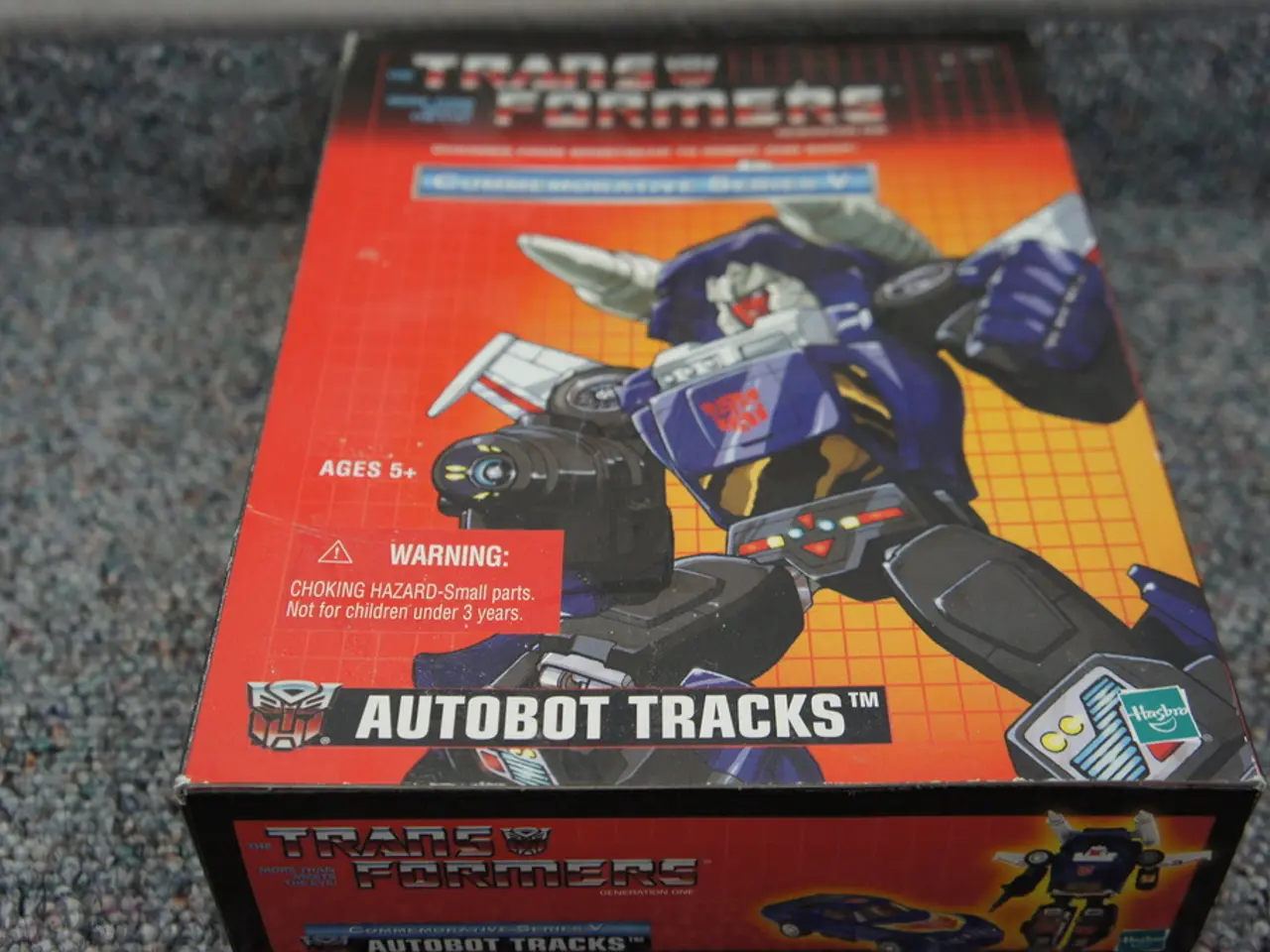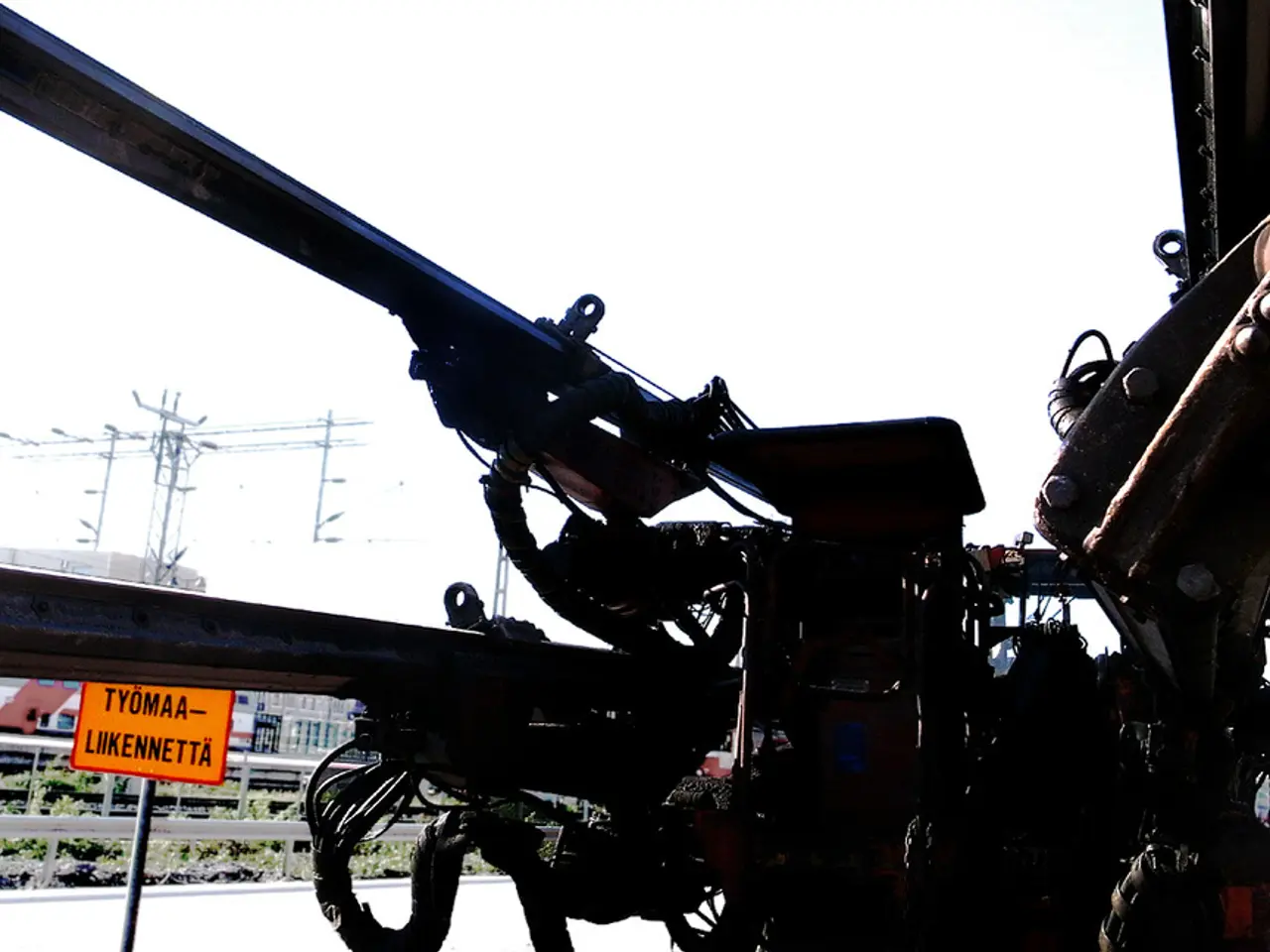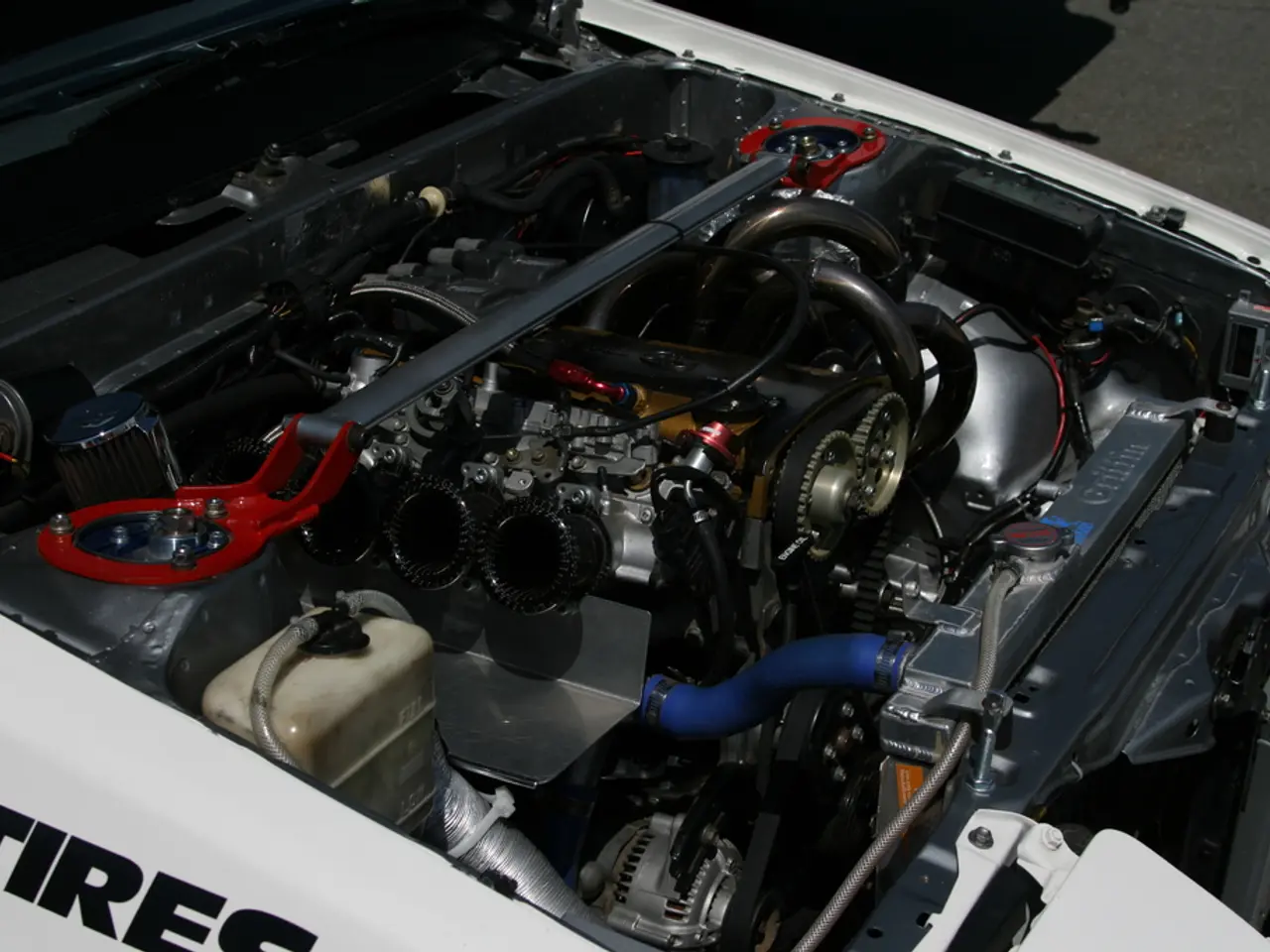Encouraging the Integration of Robotics Led to Potential Economic Growth in the United States
### Title: The Transformative Impact of Robotics in U.S. Manufacturing: Boosting Productivity, Enhancing Safety, and Creating New Career Opportunities
In the ever-evolving landscape of the U.S. workforce and economy, the adoption of robotics is emerging as a transformative force. By automating repetitive tasks, enhancing productivity, and creating new career opportunities, robotics is proving to be a game-changer for companies and workers alike.
#### Boosting Productivity and Efficiency
Robotics is revolutionising production efficiency by taking over rule-based, ergonomically challenging tasks. These machines operate continuously without fatigue, reducing human error and speeding up processes such as data entry, order processing, and surface finishing. This expansion of production capacity and flexibility enables companies to respond more rapidly to market demands, giving them a competitive edge.
#### Improving Product Quality
AI-powered robotics deliver consistent, high-quality manufacturing output. Advanced sensors and AI capabilities allow robots to perform complex tasks autonomously, ensuring precision, and reducing variability. This reliability in manufacturing quality helps companies meet customer expectations and regulatory requirements, strengthening their competitiveness in global markets.
#### Enhancing Worker Safety and Job Satisfaction
Robots are increasingly used to handle dangerous, physically strenuous, or ergonomically risky tasks, thereby reducing workplace injuries. This shift enables human workers to focus on more creative and intellectually challenging roles, increasing job satisfaction and reducing labor turnover. Collaborative robots, or "cobots," work safely alongside humans, augmenting rather than replacing human labor.
#### Job Creation and New Career Opportunities
Contrary to concerns about job loss, automation generates demand for new roles in AI systems development, robotics maintenance, automation engineering, manufacturing data analysis, and industrial engineering. These jobs often require higher-level skills, promoting workforce upskilling and creating career pathways in smart manufacturing. For example, industrial engineering jobs are projected to grow 12%, and supply chain/logistics roles 19%, both faster than average.
#### Supply Chain Optimization
Robotics integrated with AI and smart manufacturing technologies optimise production workflows and supply chains by analysing data and making real-time adjustments. This leads to reduced waste, improved sustainability, and more efficient resource utilisation—helping companies to be more environmentally friendly and resilient.
In summary, the adoption of robots in U.S. manufacturing is a transformative force that boosts productivity and competitiveness while enhancing worker safety and creating new technical career opportunities. It supports supply chain resilience and sustainability goals, positioning companies to thrive in the evolving industrial landscape.
#### Real-world Applications
From automating tasks in a factory setting to deploying robots in sewer systems and collapsed structures, the applications of robotics are vast and varied. For instance, Electrolux, a Swedish home appliance manufacturer, deployed robots in a factory in Anderson, South Carolina, to automate tasks and reduce physical strain on workers. Similarly, researchers at the Massachusetts Institute of Technology used robots to collect wastewater samples, avoiding the need for humans to perform unsanitary tasks.
In New York City, the fire department used a robotic dog and drones to search a collapsed parking garage, reducing risk to first responders. The world's first fully robotic lung transplant was completed at Vall d'Hebron University Hospital in Spain, demonstrating the potential of robotics in the medical field.
As robotics continues to evolve, it's clear that the industry will require more workers for design, manufacturing, and maintenance of robots. Insurance agents will also assess medical malpractice claims from robotic surgeries, and support staff will be needed for the aforementioned tasks.
Policymakers play a crucial role in actively supporting robot innovation and adoption to benefit companies and workers alike. By doing so, they can help position the U.S. at the forefront of the global robotics revolution.
- The integration of AI and robotics in technology enables these machines to perform complex tasks autonomously, delivering consistent, high-quality manufacturing output that meets customer expectations and regulatory requirements.
- In response to market demands, companies are adopting robotics to enhance production capacity and flexibility, creating a competitive edge in the business industry.
- Supply chain operations are optimized through the use of robotics, AI, and smart manufacturing technologies, leading to reduced waste, improved sustainability, and more efficient resource utilization for companies.
- Policy advances are essential to support robot innovation and adoption, resulting in various career opportunities such as AI systems development, robotics maintenance, and automation engineering in the technology sector.
- The continued evolution of robotics will lead to the growth of jobs in design, manufacturing, and maintenance of robots, as well as the need for insurance agents to assess medical malpractice claims from robotic surgeries and support staff for various tasks.




